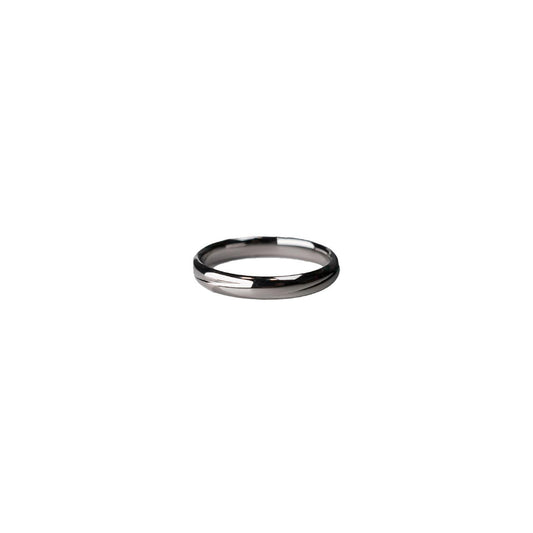Spotting the Difference Lab-Grown vs Natural Diamonds
Spotting the Difference Lab-Grown vs Natural Diamonds
Growing up, my grandmother would often show me her jewelry collection, each piece brimming with stories of family milestones and historical tidbits. Among her treasures was a diamond ring she would cautiously reveal from a little velvet pouch. Though I appreciated its glimmer, I never gave much thought to its origin. These days, diamonds are under the magnifying glass, and the age-old question is harder to answer: is it natural, or is it lab-grown?
The science of diamonds is fascinating. Both natural and lab-grown diamonds are essentially the same material — carbon atoms arranged in a crystal lattice. Yet, their stories of formation diverge drastically. Natural diamonds take millions of years to form under the Earth’s pressure and temperature, whereas lab-grown diamonds crystallize in weeks inside a highly controlled lab environment. The miracle of technology brings these jewels from lab bench to finger with astounding precision.
Now, you might wonder how the average person can distinguish between the two. At first glance, spotting the difference is nearly impossible with the naked eye. You'd need specific equipment to differentiate — specialized diamond testers and magnification can reveal subtle inclusions or growth lines unique to each type. While natural diamonds often have imperfections due to their arduous journey within Earth's mantle, lab-grown ones tend to be cleaner, with fewer of these natural flaws.
Culturally, diamonds have been revered for their rarity and endurance. This has shifted somewhat with the rising awareness and acceptance of lab-grown options. More people today are drawn to them for ethical and environmental reasons, bypassing the complications associated with traditional diamond mining. In my social circle, preferences are designed less by tradition and more by conscious choice. The friend's choice of a lab-grown diamond engagement ring felt more like a statement of values than a compromise.
Lab-grown diamonds also appeal to the fashion-forward. They're often less expensive, granting access to larger stones or more intricate designs without making your wallet wince. A cousin of mine, ever the trendsetter, recently paraded a dazzling pair of earrings: 3-carat lab-grown beauties that sparkled with every head turn. She effortlessly combined glamour with a nod to sustainability, a mix that felt perfectly "her."
Ultimately, telling apart a lab-grown diamond from a natural one requires both a keen eye and a willingness to explore beyond appearances. It isn't a task everyone needs to master, but for those interested in the stories behind the sparkle, it offers a glimpse into a world where science, ethics, and tradition meet.
I still think about my grandmother's diamond, marveling at the invisible journey it took. Whether lab-grown or natural, each diamond carries its own narrative. Perhaps that's what makes them so endlessly intriguing — they’re not merely stones, but storytellers in their own right, etching moments of elegance and love onto the canvas of human history.

























